CaratX Education Blog |
Diamond carat size is one of the first things people ask about when they start ring shopping, yet it is also one of the most misunderstood. In this CaratX guide, you will learn what carat size really means, how big common carat weights actually look on the hand, how carat size trends differ in the US, UK, Europe, and India, and how to use carat size charts the smart way so you do not overpay for “dead” weight that no one can see.
Diamond Carat Size Guide: Charts, Real-Life Examples & Buying Tips
Diamond carat size is one of the first things people ask about, but it is also one of the most misunderstood. This guide explains what carat really means, how diamond carat size affects the way a stone looks on the hand, and how to use diamond carat size charts to pick the right carat for your lifestyle, budget, and country.
1. What Diamond Carat Size Really Means
Most people talk about “carats” as if carat is a direct measure of how big a diamond looks. In reality, diamond carat size is a measure of weight. One carat equals 0.2 grams. That is it. It tells you how heavy the stone is, not how wide it appears on a finger.
This is why two diamonds with the same diamond carat size can look very different next to each other. If one stone is cut too deep, more of the weight sits hidden in the bottom of the diamond and the top looks smaller. A well cut diamond spreads more of that carat weight across the top, so it faces up larger even at the same diamond carat size.
When buyers ask about diamond carat size, what they truly care about is how large the stone looks face up in millimeters and how it feels on a real hand. The rest of this guide focuses on turning carat weight into that kind of real world sizing.
2. Diamond Carat Size In Millimeters
To make diamond carat size useful, you need to translate weight into millimeters. For a well cut round diamond, typical sizes look like this:
| Diamond Carat Size (ct) | Approx. Diameter (mm) - Round |
|---|---|
| 0.25 carat | ≈ 4.0 mm |
| 0.50 carat | ≈ 5.0 mm |
| 0.75 carat | ≈ 5.7 mm |
| 1.00 carat | ≈ 6.4–6.5 mm |
| 1.50 carat | ≈ 7.3 mm |
| 2.00 carat | ≈ 8.0 mm |
On a typical size 6 finger, a round diamond around the 1 carat mark covers a meaningful portion of the width at the knuckle. That is why diamond carat size around 1 carat often feels like a natural “anchor” point for many buyers, especially in North America.
Every shape translates diamond carat size into millimeters a bit differently, so a 1 carat oval tends to look larger than a 1 carat round, while a 1 carat asscher can appear smaller from the top. A good diamond carat size chart will show approximate millimeter measurements for each shape at each carat.
On CaratX, you can use these numbers in real time. Filter by diamond carat size, then sort by diameter in millimeters so you see which stones are actually giving you the most visible size for your budget.
3. Diamond Carat Size Norms By Country
Diamond carat size is not only a technical question. It is also cultural. The carat size that feels “normal” in one country can feel very large or very modest in another.
In the United States, engagement ring styles have grown over time. Many shoppers still target around 1 carat, but it is increasingly common to see center stones in the 1.5 to 2 carat range, especially when lab grown options make a larger diamond carat size possible without blowing up the budget.
In the UK and much of Europe, the average engagement ring often falls between 0.5 and 1.0 carat. A well cut diamond in that range still reads as refined and elegant on the hand, and expectations for diamond carat size are a bit more understated.
In India and several growing luxury markets, a wide range of sizes is common. Many shoppers select center stones between 0.5 and 1.5 carats, while affluent buyers in major cities are moving into 2 carat diamond carat size and above, particularly for signature bridal pieces.
CaratX can use GEO signals to reflect these norms. A visitor from New York might see curated options in the 1.0 to 2.0 carat band by default, while a visitor from London or Berlin might see a recommended diamond carat size closer to 0.6 to 1.2 carats first. This feels more natural than showing every buyer the same size range.
4. Why Two Diamonds With The Same Carat Can Look Different
Once you know diamond carat size is a measure of weight, you can see why the same carat does not always look the same. Three main factors shape the visual impact of a given diamond carat size: shape, cut, and setting.
Shape matters. Elongated shapes like oval, marquise, and pear carry more of the carat weight along their length, so they stretch across the finger and appear larger. Squarer shapes like princess and asscher pack more weight into depth, which can make a given diamond carat size appear smaller when viewed from the top.
Cut is just as important. If a diamond is cut too deep, extra weight hides below the girdle. That weight still counts toward diamond carat size, but it does very little for visual size. A well cut stone at the same diamond carat size will usually measure larger in millimeters and look brighter and more balanced.
The setting also changes how diamond carat size feels. A slim, delicate band will make the center stone look larger. A halo or cluster design surrounds the center with smaller diamonds, which can make a moderate diamond carat size look one or two size brackets bigger to the eye.
5. How To Choose The Right Diamond Carat Size For You
The best diamond carat size is the one that fits your hand, your lifestyle, and your financial comfort zone. Here are three questions that simplify the decision.
Do you want more finger coverage or more perfection?
If your top priority is visual size, you may want to favor a slightly larger diamond carat size in an elongated shape and keep color and clarity in the eye clean range. If you care more about precision and sparkle, you might stay in a moderate diamond carat size and invest more of your budget in cut quality.
How active is your day to day life?
If you work with your hands, a very large diamond carat size may catch on clothing and equipment or feel uncomfortable. For active lifestyles, many people end up happiest with a center stone in the 0.5 to 1.5 carat range and a setting that protects the edges. If you spend most of your time in an office or hybrid environment, you have more room to move into 1.5 to 3 carat territory if budget and style allow.
What feels normal where you live?
A 2 carat diamond carat size might feel standard in certain neighborhoods in Los Angeles, New York, Dubai, or Mumbai, especially for lab grown stones. The same size might feel very bold in a smaller city. Notice what looks comfortable in your own social circle and use that as one input rather than chasing someone else’s idea of the “right” diamond carat size.
6. Lab Grown Diamonds And The New Carat Reality
Lab grown diamonds have shifted expectations around diamond carat size. Because lab grown stones often cost significantly less than comparable natural diamonds, many buyers can move from a 1.0 carat natural stone to a 1.5 or 2.0 carat lab grown diamond within the same budget.
Practically, this means more shoppers are exploring larger diamond carat size options without trading down as heavily in cut or clarity. It also means that “average” sizes in markets where lab grown has strong adoption are slowly drifting upward.
CaratX can show this tradeoff clearly. A visitor can set a budget, toggle between natural and lab grown, and see how the available diamond carat size changes while keeping other filters similar. When people see the comparison in real time, they feel more confident that they are picking the right balance for their values and goals.
7. How To Use A Diamond Carat Size Chart The Smart Way
A diamond carat size chart is only helpful if you know how to read it. Rather than just memorizing numbers, use the chart as a decision tool.
First, start from your ring size. A 1 carat diamond carat size on a size 4 finger will look very different than the same diamond carat size on a size 8 finger. Knowing your finger size helps you judge how much coverage each row of the chart will give you.
Second, focus on millimeters rather than only carats. A diamond carat size chart that lists both carat and diameter lets you see that the jump from 1.0 to 1.5 carats is a large price jump but a more modest increase in face up size. Sometimes a well cut 0.9 carat stone with strong spread will look almost identical to a 1.0 carat diamond for less cost.
Third, keep an eye on the “magic thresholds” where prices spike, such as 0.5, 0.75, 1.0, 1.5, and 2.0 carats. Shopping just under these points can allow you to keep the same apparent diamond carat size to the eye while paying a more efficient price per carat.
On CaratX, the goal is to connect the diamond carat size chart to live marketplace data. You can open the chart in one view, look at recommended diamond carat size for your region and finger size, then filter the inventory to stones that match those specs and compare actual prices and measurements.
8. Example Diamond Carat Size Scenarios
To make this concrete, here are a few example profiles and diamond carat size ranges that often work well.
Classic engagement ring in the United States
Many shoppers in the US still gravitate to a center diamond carat size between 1.0 and 1.5 carats for a round stone, with high cut quality and eye clean clarity. This combination has strong presence, photographs beautifully, and sits in a range that feels impressive without being unwearable.
Maximum visual size on a budget
If you want the largest look for the spend, a lab grown oval in the 1.5 to 2.0 carat range can be a smart move. This diamond carat size in an elongated shape offers noticeable finger coverage, and lab grown pricing leaves room to keep cut, color, and clarity at attractive levels.
Refined and understated style
For buyers in the UK and Europe, or for anyone who prefers a subtle look, a well cut round or cushion between 0.6 and 0.9 carats can feel just right. In this range, focusing on an excellent cut and a balanced color and clarity grade gives you a diamond carat size that feels intentional and timeless.
9. FAQ: Fast Answers About Diamond Carat Size
What is the most popular diamond carat size?
Market averages vary, but in many Western countries the most common engagement ring center stones fall roughly between 1.0 and 2.0 carats. In other regions, a smaller diamond carat size between 0.5 and 1.0 carats is often the norm.
Is a 1 carat diamond big enough for an engagement ring?
For most hands and styles, yes. A well cut 1 carat round is a strong, classic diamond carat size that offers clear presence without overwhelming the finger. Many buyers land here as a comfortable middle ground between size and budget.
Which diamond shape looks largest for its carat?
Elongated shapes such as oval, marquise, and pear tend to look larger for the same diamond carat size because they stretch along the length of the finger. If visual size is your main goal, these shapes are worth a close look.
What diamond carat size is considered big today?
In many markets, 2 carats is now viewed as a big diamond carat size for an engagement ring, and 3 carats and above feels rare and luxurious, especially in a high quality cut. Cultural context matters, so think about what feels right where you live.
Should I prioritize carat size or quality?
The best approach is to choose a diamond carat size range that feels right for your finger and budget, then insist on a strong cut grade. Cut controls sparkle and light return. Once cut is solid, you can adjust color and clarity slightly to hit the exact diamond carat size that feels perfect to you.
Next Step: Test Your Ideal Diamond Carat Size On CaratX
Diamond carat size does not have to be a guessing game. On CaratX, you can set your budget, choose natural or lab grown, select your region, and see real diamonds that match your preferred carat range. You can compare carat, millimeter size, and price side by side, instead of trusting a single marketing chart.
Start with the diamond carat size ranges in this guide, plug them into the CaratX filters, and adjust until the numbers and the visuals feel right. When your head and your heart agree on a diamond carat size, you know you are close.


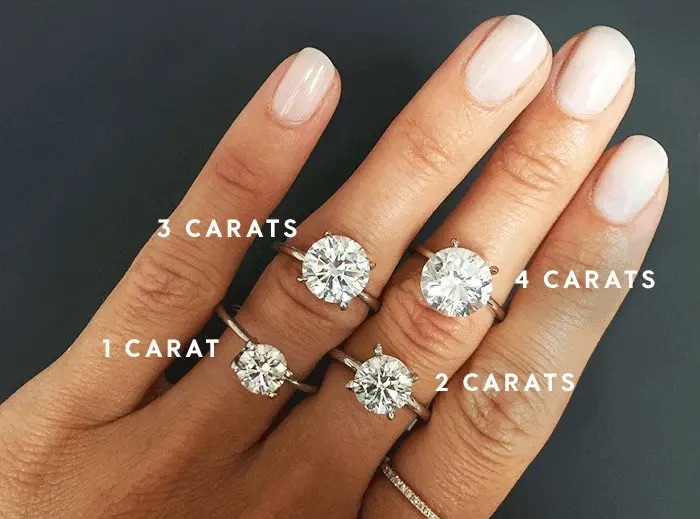
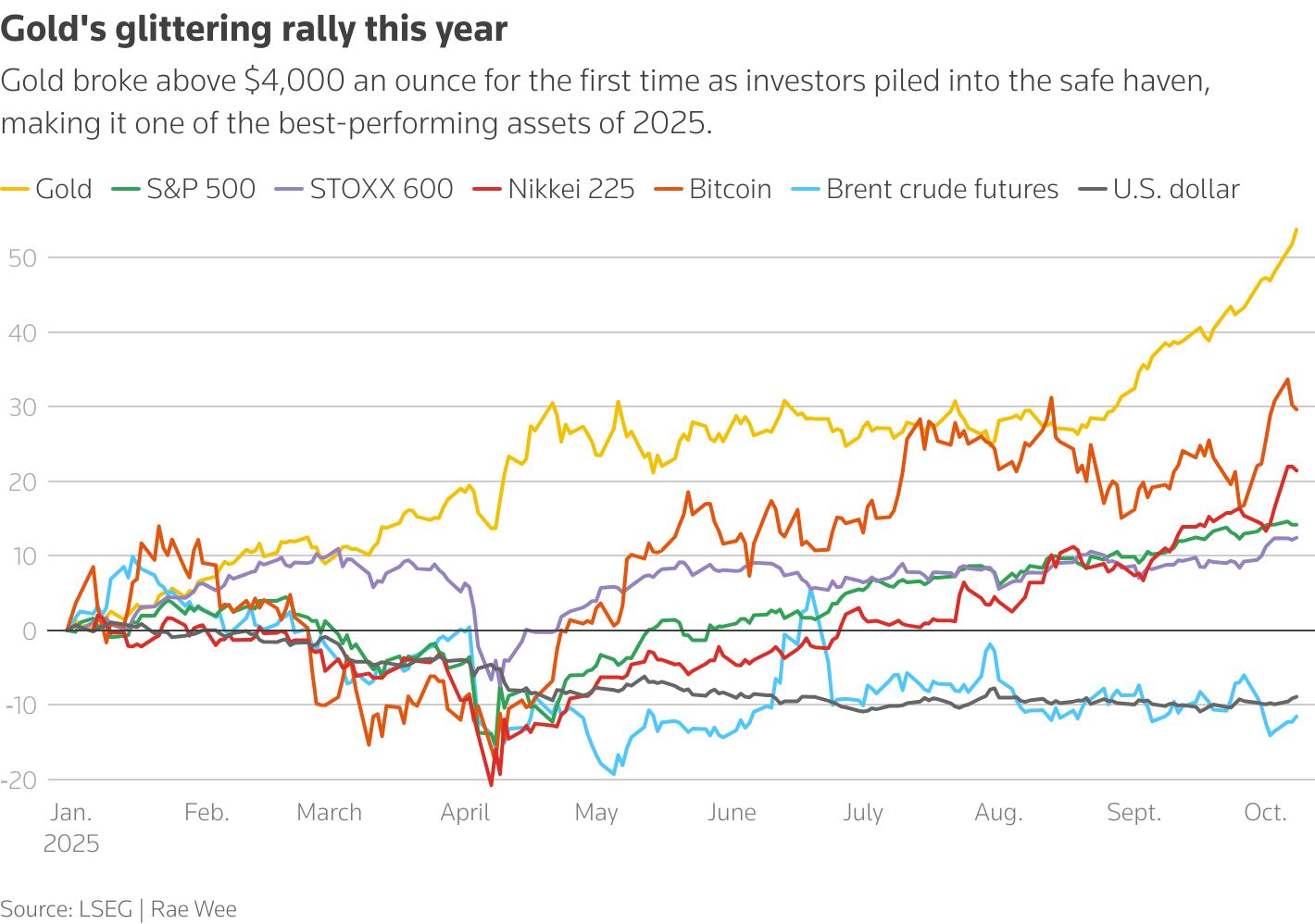
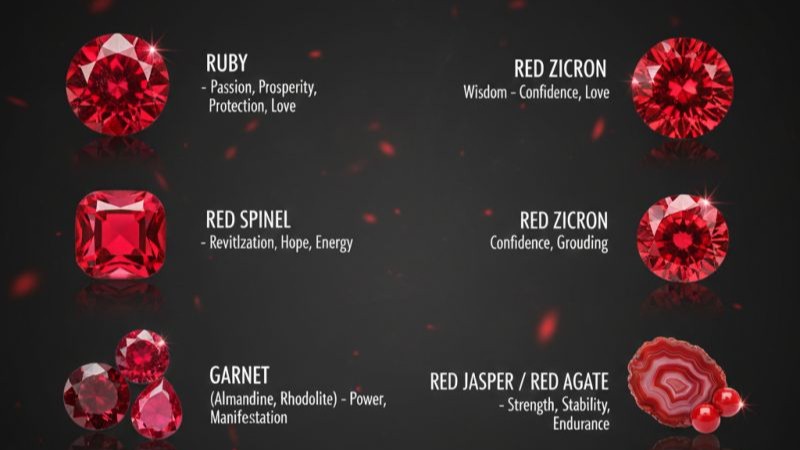
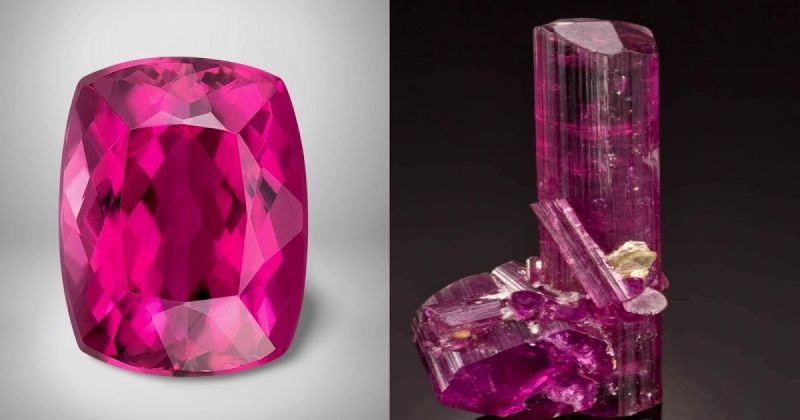
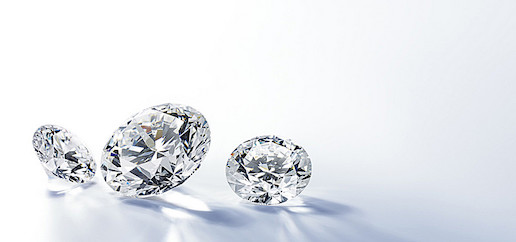
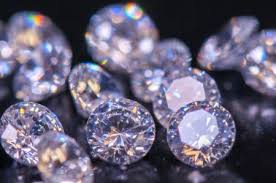
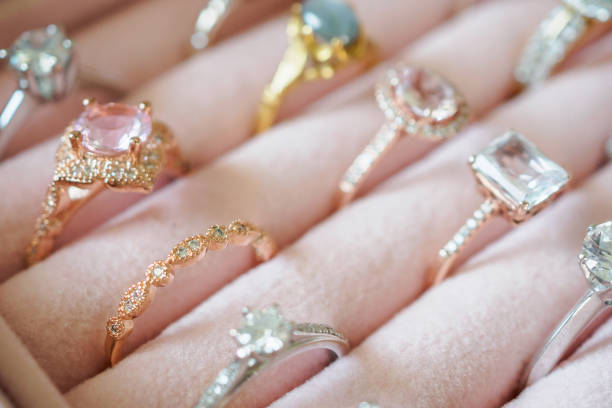
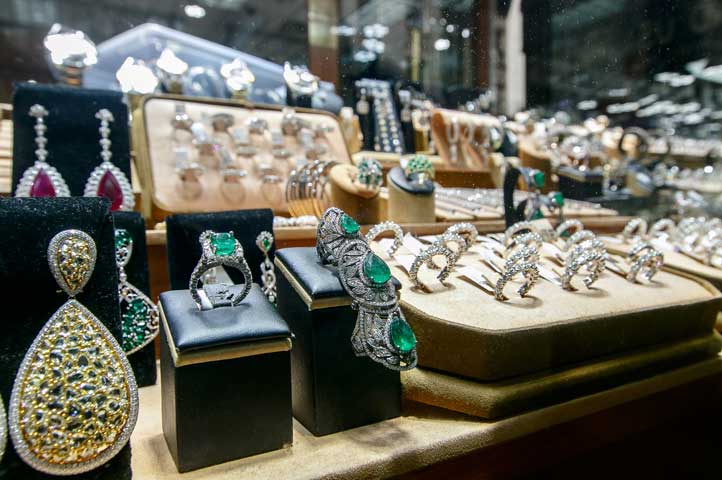


0 Comments
Please login to leave a reply.